Probably everybody who was reading my recent posts is interested to hear how the bread assessment finished. As this will be a slightly longer post I am revealing now the most important fact: I got the gold award.
So you can stop reading here, you already got the crucial part of information. However, maybe you would like to continue and read some background information and some interesting facts about this kind of assessment.
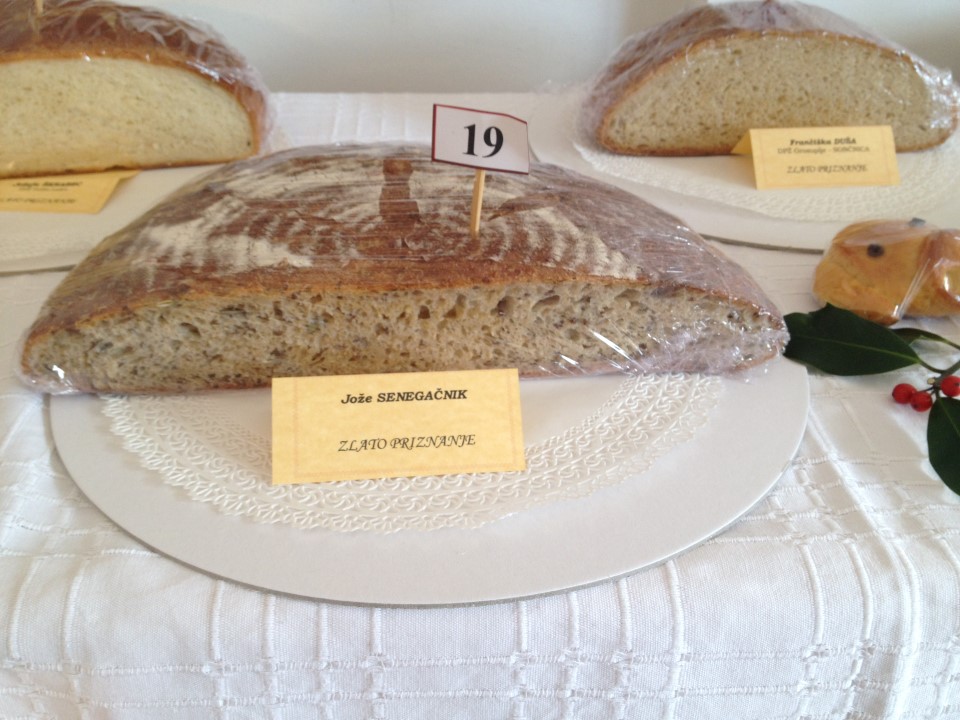
This is the crumb shot of my bread. I have degassed it as much as possible.
First of all I must go back in time to explain the traditional bread baking in rural areas in Slovenia and nearby countries. For centuries the traditional bread baking was mostly performed once per week on Saturdays in order to have fresh bread for Sunday's meals. Most of the time there was no bread baking during the week as there was not enough time for this. Most of the bread was kind of a whole grain or high extraction flour milled in stone mills. At that time there were many water powered mills operating along the creeks and rivers. Better bread from white flour was made only for big feasts like Easter, Christmas and family holidays. Back in past »white bread« was highly appreciated as it was so rarely on the menu. Still today this special kind of bread is on the menu for the same holidays, therefore there was almost no breakup of this tradition.
Almost all of farm houses were equipped with »Kachelofen« (German word), a clay stove / oven that burns wood extremely efficiently. The heat is stored in the clay brick thermal mass, and then slowly radiates into the room for the next 8 to 24 hours. These “Kachelofen” were mainly used for heating during the cold season and were also regularly used for bread baking. The smoke from such an oven was used also for smoking meat products during the winter season when they were mostly produced.
It is not so easy to prepare »Kachelofen« for baking bread – it must be of the right temperature, not too hot and not too cold. If you don't fire long enough it will cool down quickly and bread will not bake at sufficiently high temperature.

Typical "Kachelofen" from the outside. In order to increase the heating area the tiles are specially crafted.
Back in 2009 when I have built my pizza oven (see the picture below) I made this video from pictures taken while watching an old lady baking bread in such Kachelofen. She is making her bread in an authentic way with exception of the mixer which she uses only because she is now too old to manually prepare dough for 15 boules. Each of them weights more than 1 kg when baked. I am also singing (not solo) in the background song used for his video (I am singing tenor).
So this is the tradition of bread baking in rural areas of Slovenia and now there are many assessments of home baked bread in Slovenia each year. This last one was special due to the limitation that bread has to be baked in wood fired oven. This was the first time that such limitation was in place and I sincerely hope this kind of assessment will become traditional because it helps to keep this tradition alive.
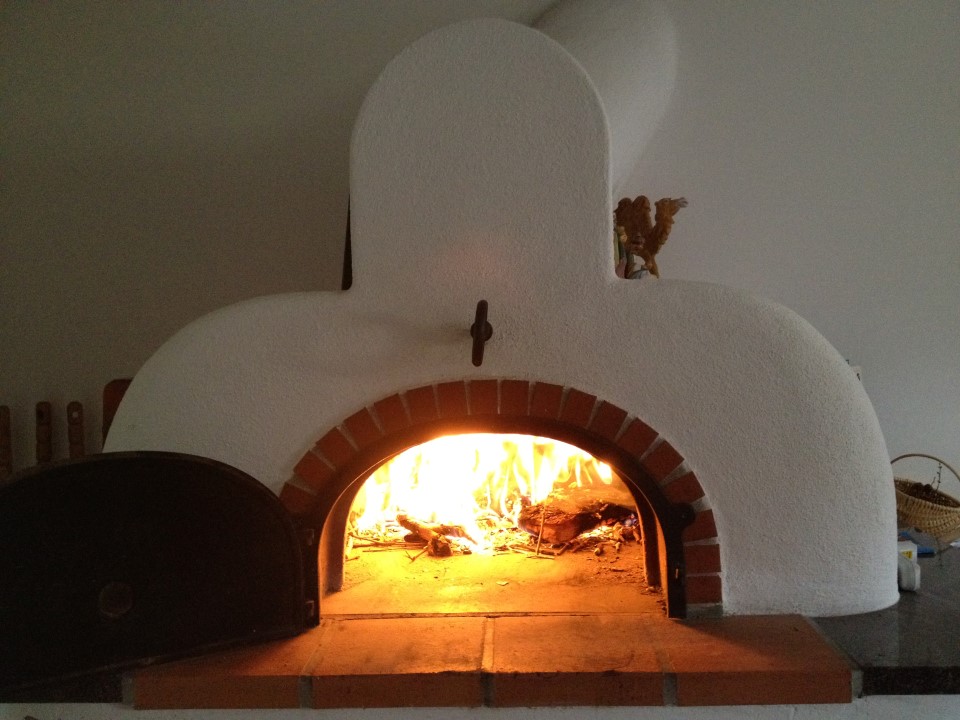
My DIY pizza wood fired oven in my party room in the basement.
I decided to prepare a SD loaf with oat flakes porridge and seeds from sunflower, pumpkin, sesame and flax. The requirement is to make a boule from 1000g of flour. Just two days before assessment I got a call from my relatives from other part of our country that I should attend a funeral ceremony in the afternoon when I was supposed to bake. My plan was to prepare bread and after final shaping put it in the fridge for final proofing while I can attend the ceremony.
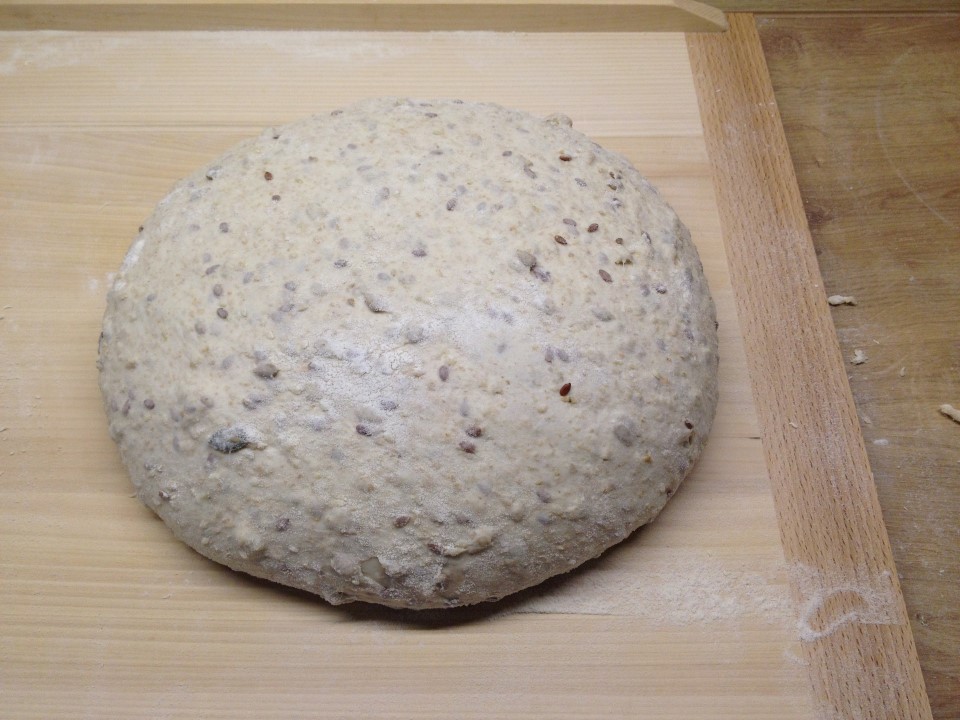
After bench rest.
When I started my journey back to home I called my wife and she fired up the oven. Unfortunately it took almost two more hours after my return to equalize temperature in the oven and cool it to 240 dC. At that time my dough was already slightly overproofed although the result of finger poke test was still ok.
When I tipped the dough out of banneton I realized that I am already too late as the dough wasn’t able to keep the form and became very flat. I used three ice cubes to generate some additional steam in the oven and when I opened the oven after 15 minutes I saw that the boule is pretty much flat with decent oven spring but not as much as I would like. The picture of that phase is posted below.
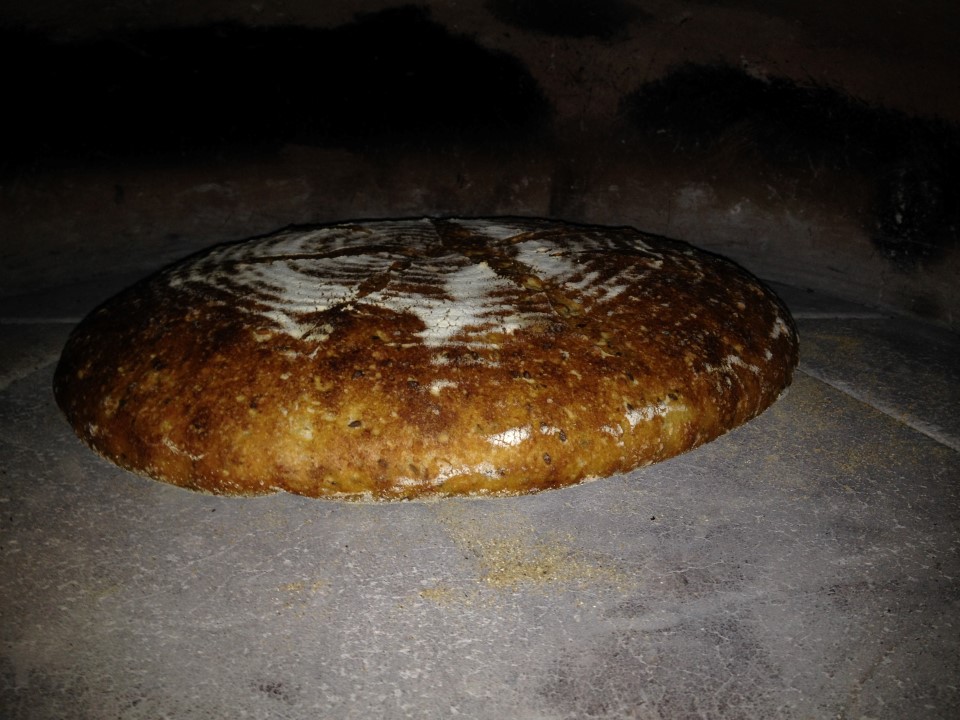
Bread before taking it out of the oven.
I was really disappointed but there was nothing to do as it was already too late to reshape it and bake it within several hours.
When I heard that I got gold award for the bread for which I was really hesitating whether to deliver it at all I was really happy. Looking afterwards at the detailed results I saw that I have ended absolutely at fourth place. At the ceremony next day I got just positive response from the members of the jury.

Breads awarded with gold award.

Needless to say that my bread is number 19 on this picture.
Analyzing assessment report I found that I got fewer points in areas where I was actually expecting more points and got all possible points in areas where I was expecting fewer points. The results together with the assessment criteria are in the below picture.

I am not complaining about the results but there is a systematic problem with the assessment of crumb and possibly also with the (sour) taste of sourdough bread because the judges never make a distinction between SD bread and bread leavened with baker’s yeast. In the below picture is the crumb shot of the winner bread and I must say that I wouldn’t be happy when my SD bread would have such a dense crumb. Maybe I am wrong in this opinion, but my plan is to do some educational work in order to change this in the future.
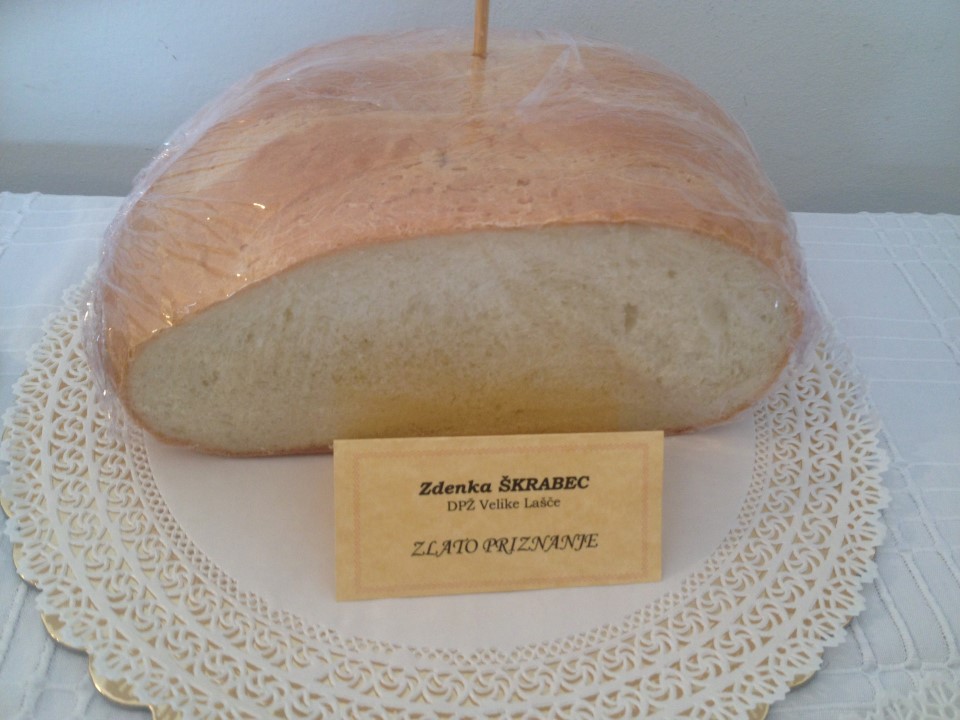
Absolute winner with the highest score.
Any comments or thoughts about assessment SD are highly appreciated. I would really like to hear opinions of other TFL members.
Happy baking, Joze